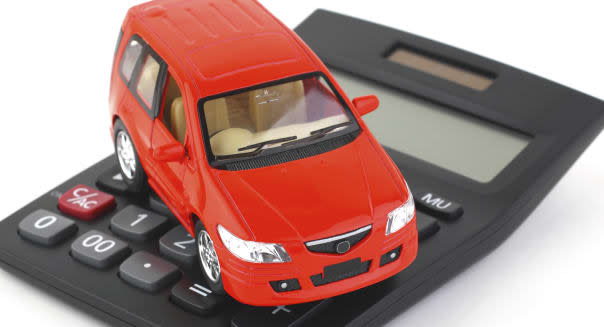A '$1,000 Challenge' Bonus: How to Buy a Car and Save a Bundle

In the third installment of our budget-cutting series, The $1,000 Challenge, we focused on how to cut your transportation costs. But car buying deserves a column all its own.
Last year, nearly two-thirds of all car buyers financed their purchases with loans that ran from five to as long as seven years. To get a feel for just how long a seven-year car loan is, if you bought a new car when President Obama was inaugurated, you're still making payments and won't be finished for another two years.
The most obvious danger with a long-term auto loan is that you're paying a lot of interest -- more than 75 percent more on an 84-month loan than on a 48-month loan. Another issue is that you can start facing the costs of major repairs and maintenance on your car while you're still paying it off. And you'll spend a lot more time owing more on your car than it's worth, which could leave you stuck paying the difference if your car is totaled in a crash.
The best way to keep a car payment from crashing your budget is to keep your monthly payments affordable (which, admittedly, is why some people fall into those 7-year loans). The two usual tips for how to get around that problem are to save more for your down payment, or to spend less on your vehicle. This strategy accomplishes both. The idea is to purchase a car that you can pay off in three years, then set aside what you had been spending on your car payment as you drive the vehicle as long as you can.
Do that twice, and you'll have lots of cash to put down on a car the third time around.
%VIRTUAL-WSSCourseInline-947%For example, on a three-year loan, a $400 payment at 3 percent means you can finance $13,750 for a car today. That's probably a 2007 model, which you'll drive for five years. It's paid off after three, but you keep setting aside the "payment" in savings for two more, socking away $9,600 toward a replacement. By then interest rates will probably have increased, so let's say you finance the second car at 7 percent for three years, borrowing $13,000. Add your $9,600 in savings and that's $22,600 to spend -- and you're putting 42 percent down in cash.
More money means a better car, so let's say that gives you seven good years to drive it -- and four during which you save your "car payment" after paying it off. By the time you retire this car, you've saved $19,200, allowing you to paying well more than half the cost of your new car in cash -- or the full cost of a good used car -- plus you've kept your payment steady at $400 for the last 12 years.
If you can drive your cars longer before it's time to buy replacements, you can accumulate even more in savings and get to the point of buying a car for all cash sooner. (Tip: You can really stretch your automotive dollars by purchasing well-cared-for, two-year-old used vehicles instead of new ones. You'll find a good selection of those models coming off leases, often with the remainder of their warranties or certified by the dealer.)'
%VIRTUAL-article-sponsoredlinks%Plus, I haven't factored in any additional cash or reduced payment you'll get on your trade-in, since that will vary according to how well you take care of the car and whether you drive that puppy straight into the ground.
Sure, sometimes you have to put up with costly repairs, or driving with a noisy muffler until you can get to a mechanic, but the savings should make that sound like music to your ears.
Beyond the cost of your vehicle, there are plenty of other ways to save on your transportation costs. Check out those tips here, and the rest of The $1,000 Challenge here.
Here's the running total cost savings for the whole series so far:
Week 1 - Miscellaneous Spending: $132.89
Week 2 - Utilities and Phones: $139.39
Week 3 - Transportation Costs: $41.61
Total Monthly Savings: $313.89
Read them in any order you want -- just get in there and start saving! Check out the series introduction to get the big picture on finding big savings in your family budget.
Come back Tuesday when I'll tackle the bouncing baby bills of kid costs. You can check here on DailyFinance.com, follow me on Twitter, or go like The $1,000 Challenge Facebook page to get a heads up whenever a new installment comes online.
Follow Brian: On Facebook, on Twitter and on his blog.
Read Brian's columnsin The Detroit News.
Buy the Book: Discount orders on "The $1,000 Challenge."

